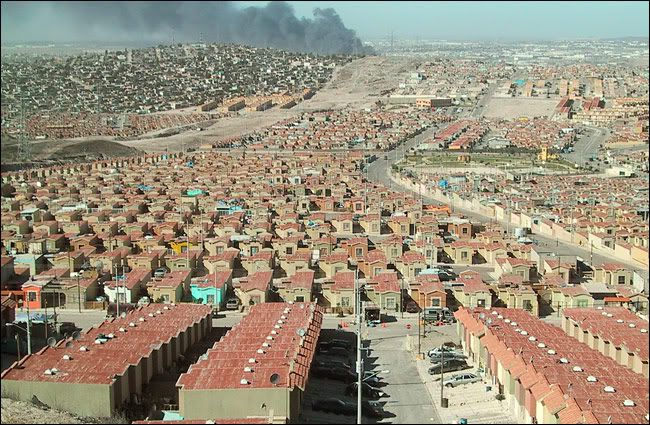March 15, 2006
the Kids are back once again…

23.0 MB / 25.08 minutes Click the headphones!
This is my first ever podcast program. I’m gettin the hang of all this new-fangled technologies. Nice to be DJing (in a way) but I miss the turntables. Staring at your computer screen might be a nice way to spend the weekend, but when it comes to spinning records nothing beats the decks.
But hey, I’m in Japan! And this way everyone can hear my show! Whenever they want!
For those of you who don’t know, I used to have a show called “The Kids are Alright” back in the day on KUCI 88.9 FM in Irvine California. When I moved to SF, the Kids came with me and we rocked on Pirate Cat Radio on 87.9FM. Both stations you can tune to on your iTunes radio, so checkem out! Back at Pirate Cat they tried to get me to understand RSS and podcasts and all that madness but my brain couldn’t soak it all up. Now I am totally WIRED. So the Kids are moving into the 21st century.
This program contains music from
Roy Orbison – Blue Bayou
Television Personalities – 14th Floor
the Flying Saucers – Sukiyaki
the Blood Safari – Zombie
the Red Onions – Truth
Gogogoairheart – Glad to See You
Mice Parade – the Good Red Road
the Slits – I Heard it Through the Grapevine
If you liked this program and you would like to hear more, just drag this *link* into your iTunes and new podcasts will show up automatically!.
- music
- podcasts


